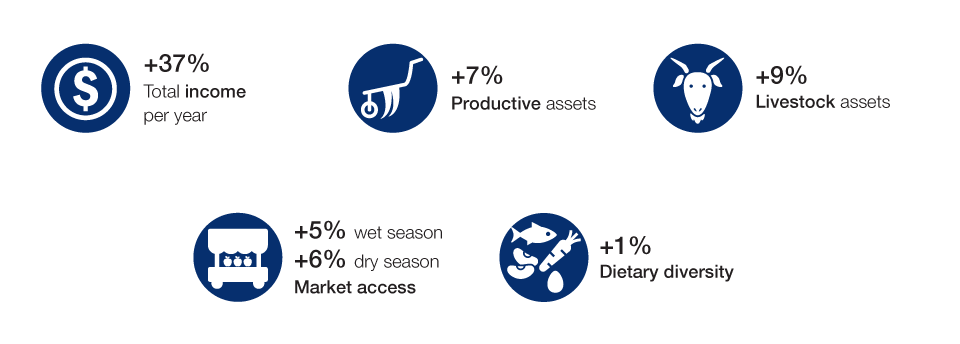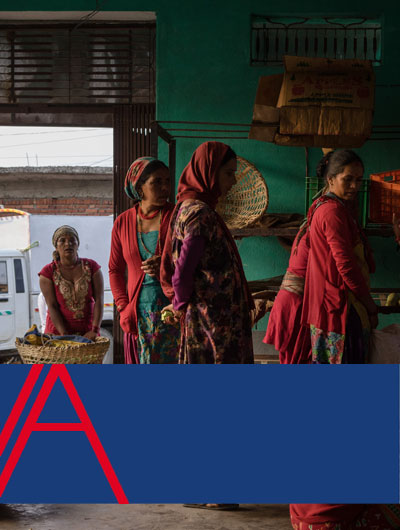Impact assessment: High-Value Agriculture Project in Hill and Mountain Areas
Impact assessment: High-Value Agriculture Project in Hill and Mountain Areas
The High-Value Agriculture Project in Hill and Mountain Areas (HVAP) integrated farmers living in the remote hill and mountain areas of Mid-Western Nepal into the local economy of goats and high-valued crops such as apples and Sichuan pepper (timur). The project supported farmers, particularly women and those from marginalized groups such as the Dalits, Janajatis and other ethnic minorities, to form new and improve existing producer organisations (POs) which established contractual agreements with local traders for the supply of farm inputs and with agri-businesses for sale of crops and livestock.
Farmers, traders and agri-businesses received training in credit mobilization and business literacy to strengthen their production and marketing capacity. HVAP also provided technical trainings to service providers like agro-vets and district commerce and agriculture departments to foster inclusive, pro-poor value chains. An impact assessment of HVAP was conducted towards its completion using primary quantitative and qualitative surveys on 2,874 households and 235 producer organizations.
Key impact estimates
An impact estimate is calculated as the difference in mean outcomes between the treatment group (project participants) and the comparison group (non-participants). The Dalits, and Janajatis and other ethnic minorities saw significant increases in their incomes: 92 per cent for crops and 62 per cent for livestock. Other figures include:

Main lessons
The results recorded in this impact assessment provide the following lessons for future rural development projects and policies:
- The project worked with only seven value chains through focused and linked activities, leading to significant impact on crop and livestock income. Similar to the findings from the Impact Assessment of the Plan VIDA project in Bolivia, this suggests that focused project designs are likely to deliver positive development outcomes.
- Smaller producer organizations allow for sufficient engagement and technical support suited to local demands, which may lead to higher impact on member farmers.
- Additional activities to support producer organizations should target member farmers based on their wealth status to ensure equity among members.
